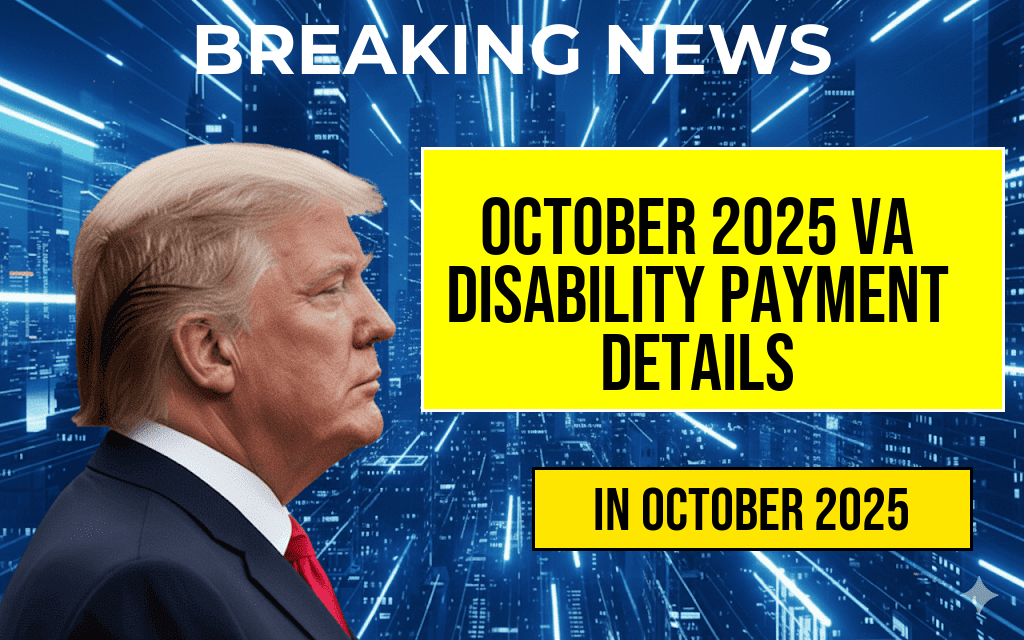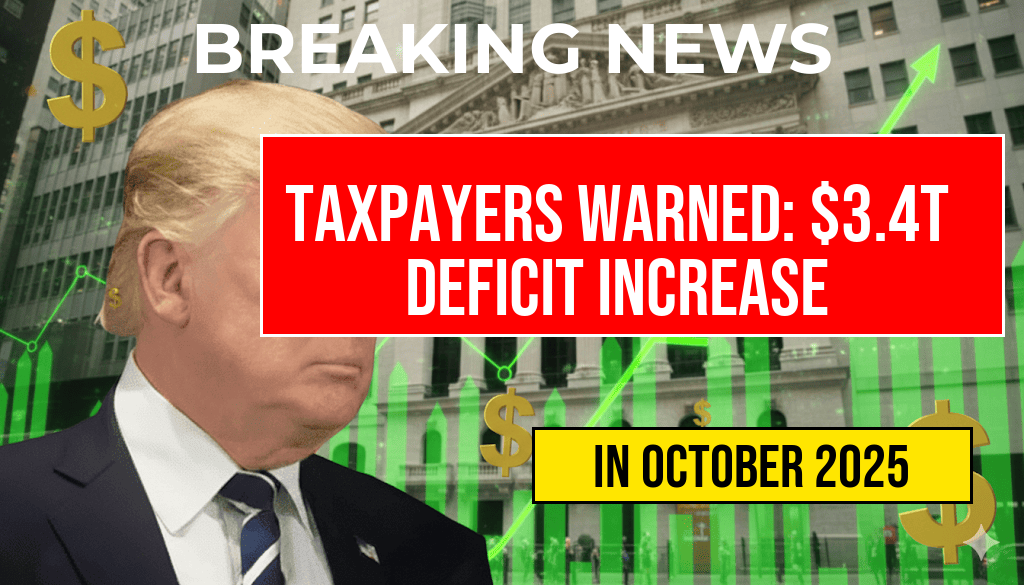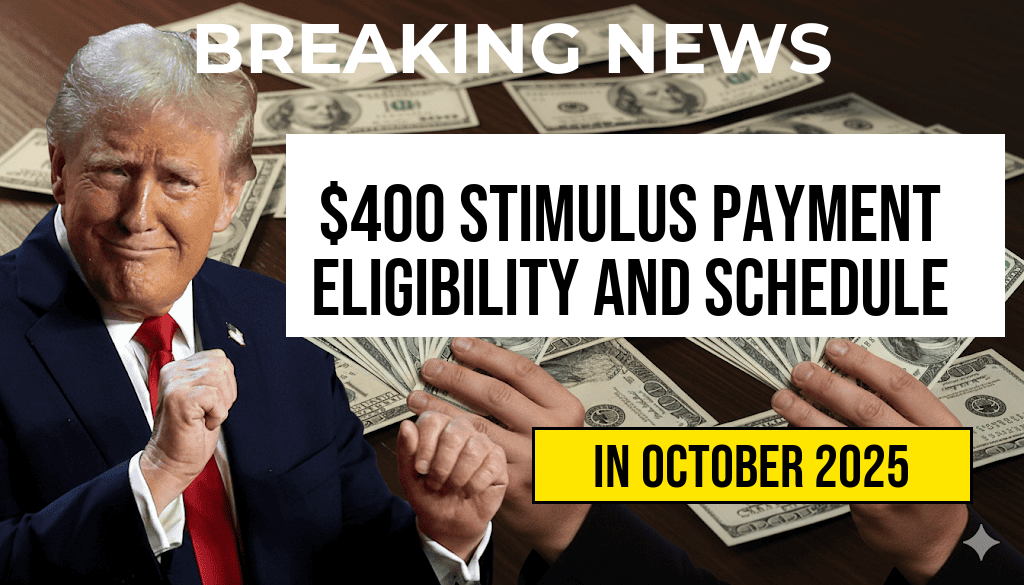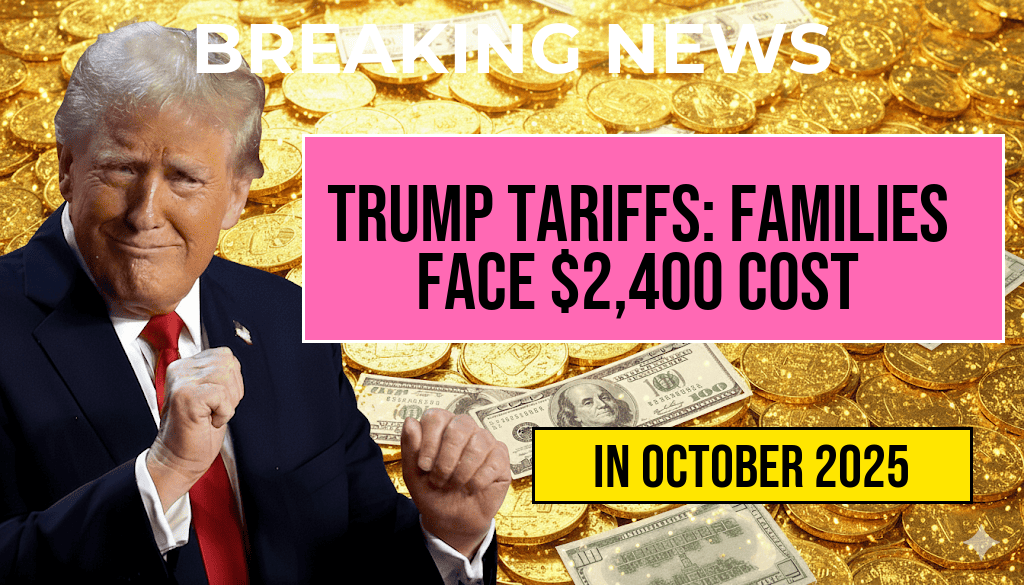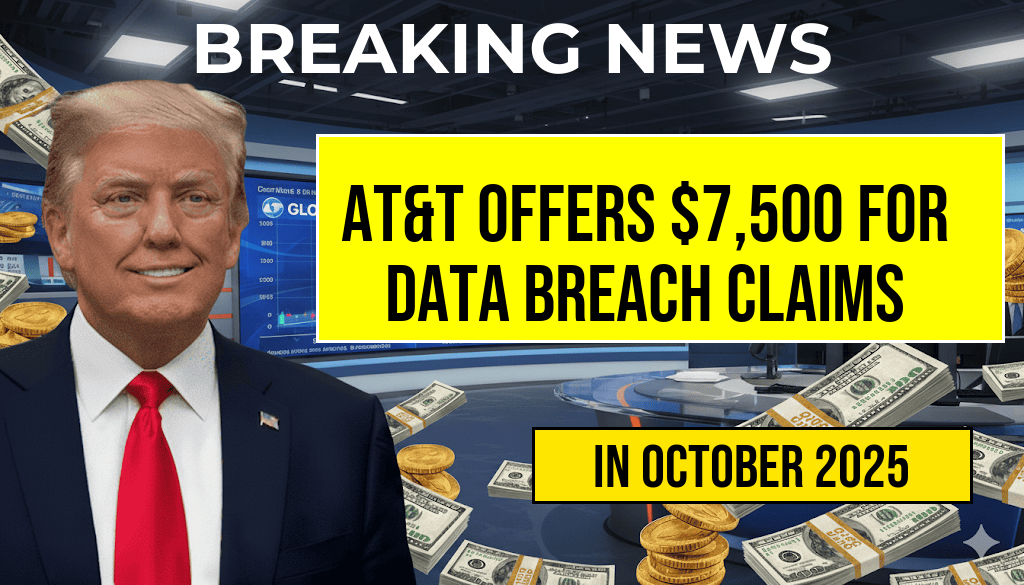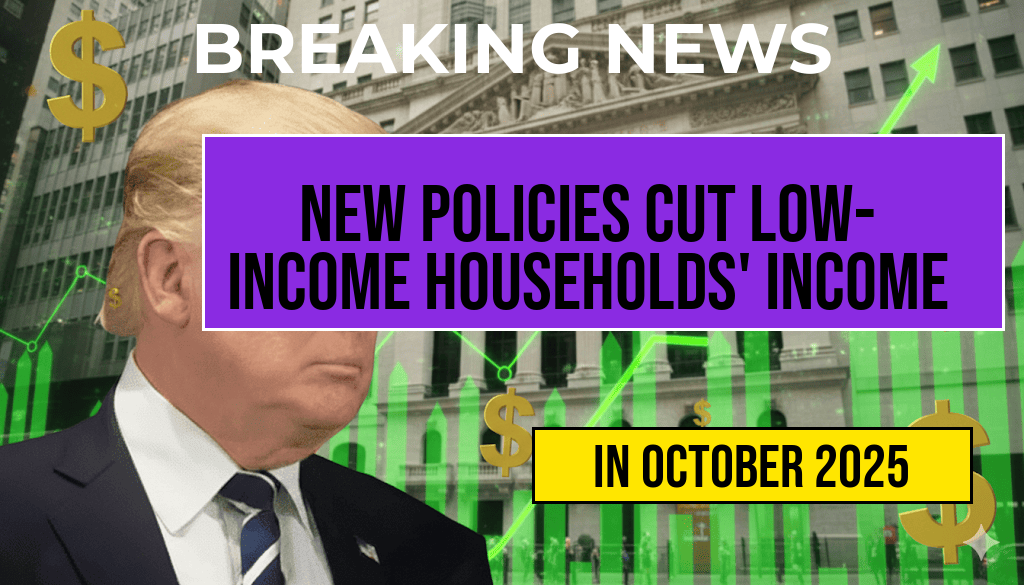As the country continues to navigate the economic challenges posed by recent events, a new $400 stimulus payment is set to provide financial relief to a broad segment of the population. This initiative aims to support individuals and families facing economic hardships by offering a direct cash benefit. The program is designed to be inclusive, with specific eligibility criteria established to ensure that those who need assistance the most have access to these funds. This article outlines the eligibility requirements, the complete payment schedule, and essential details regarding the disbursement process.
Eligibility Criteria for the $400 Stimulus Payment
To qualify for the $400 stimulus payment, applicants must meet specific criteria set forth by the federal government. The guidelines ensure that the funds reach those who require immediate financial assistance. Here are the key eligibility requirements:
- Income Level: Individuals earning up to $75,000 annually and couples with a combined income of $150,000 are eligible. Adjustments apply for families with dependents.
- Citizenship Status: Applicants must be U.S. citizens or legal residents. Documentation may be required to verify status.
- Age Requirement: The payment is targeted at adults aged 18 and older. Dependents under 18 may not qualify for the full payment.
- Tax Filing Status: Eligible individuals must have filed a federal tax return in the previous year (2022) or provide proof of income through other sources.
Complete Payment Schedule
The distribution of the $400 stimulus payment will occur in phases to ensure a smooth rollout. The payment schedule is designed to accommodate various income levels and filing statuses. Below is a detailed overview of the anticipated payment timeline:
| Payment Phase | Eligibility Criteria | Expected Payment Date |
|---|---|---|
| Phase 1 | Individuals earning up to $75,000 | November 15, 2023 |
| Phase 2 | Couples earning up to $150,000 | November 30, 2023 |
| Phase 3 | Families with dependents | December 15, 2023 |
How to Apply for the Stimulus Payment
Applying for the $400 stimulus payment is straightforward. Eligible individuals can submit their applications through the IRS website or designated state platforms. Here are the steps to follow:
- Visit the official IRS website or the state-specific portal.
- Complete the online application form, providing accurate personal and financial information.
- Upload any necessary documentation to verify your eligibility, such as tax returns or proof of income.
- Submit your application and wait for confirmation via email or the application portal.
Frequently Asked Questions
As interest in the $400 stimulus payment grows, several common questions arise. Here are answers to some of the most frequently asked questions:
- Will I receive the payment automatically? No, eligible individuals must complete the application process to receive the funds.
- What happens if I miss the application deadline? Late applications may be considered for future payments, but timely submission is recommended.
- Can I appeal if my application is denied? Yes, applicants have the right to appeal the decision by providing additional documentation or clarification.
For more detailed information regarding the stimulus payment, eligibility, and application process, individuals can visit the IRS website or refer to relevant articles on Forbes and Wikipedia.
This initiative represents a significant step toward alleviating financial distress for many families and individuals across the nation. With careful planning and timely execution, the $400 stimulus payment aims to provide much-needed relief during these challenging times.
Frequently Asked Questions
What are the eligibility criteria for the $400 stimulus payment?
To qualify for the $400 stimulus payment, individuals must meet specific income thresholds and residency requirements. Generally, applicants must be U.S. citizens or legal residents and have an adjusted gross income below a certain level.
How do I apply for the $400 stimulus payment?
Eligible individuals can apply for the $400 stimulus payment through the official government website or designated application portals. You will need to provide relevant personal and financial information to complete your application.
When will the $400 stimulus payment be disbursed?
The disbursement schedule for the $400 stimulus payment is outlined in the payment schedule provided by the government. Payments are expected to be issued within a specific timeframe after the application period closes.
Is the $400 stimulus payment taxable?
No, the $400 stimulus payment is not considered taxable income, meaning recipients do not need to report it on their federal tax returns.
What should I do if I don’t receive my $400 stimulus payment?
If you do not receive your $400 stimulus payment within the expected timeframe, you should contact the appropriate government agency or check the application portal for updates on your payment status.

